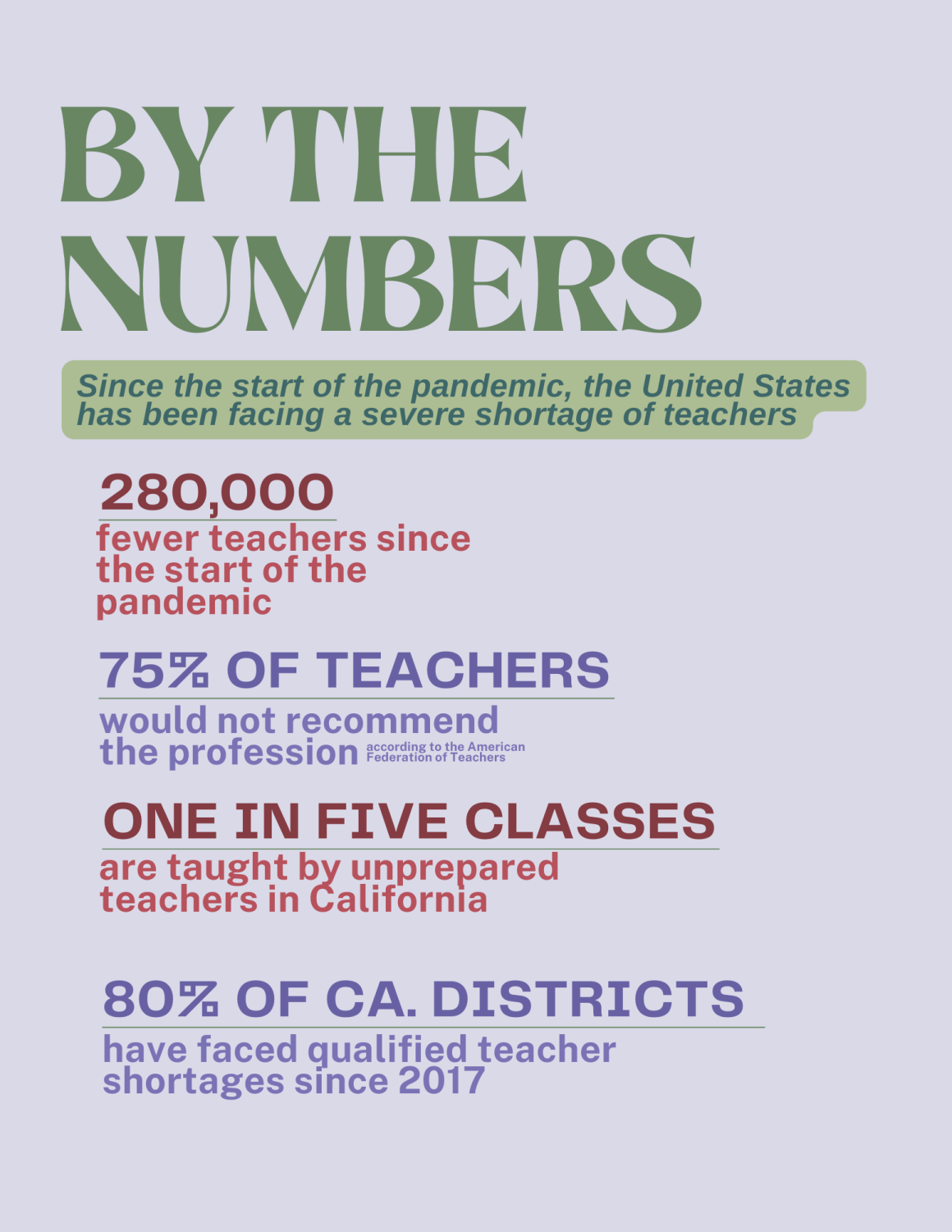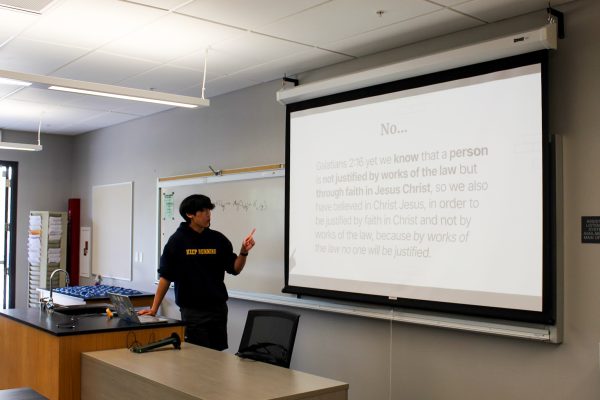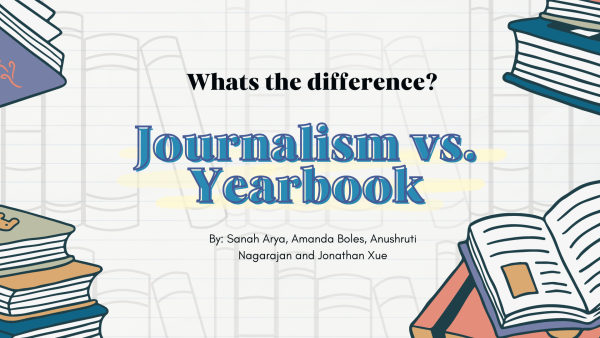FUHSD emphasizes teacher retention practices amidst statewide teacher shortage
With the current economic crisis, teachers are struggling to take on the role of educators and caregivers
With the increase of living costs in the Bay Area and stressful school environments, FUHSD has implemented measures to support teachers both economically and mentally.
FUHSD’s focus on teacher retention arose amidst a statewide teacher shortage of 50,000 teachers going into the 2022–23 school year, according to the Washington Post.
“The teacher shortage is very concerning to us,” superintendent Graham Clark said. “We try to pay the most competitive salaries that we can, but it can be hard to live here.”
Clark said that with high inflation rates, many teachers struggle with paying for gas needed to commute to school. Additionally, expensive housing poses a challenge. Homebuyers would need to make a $250,000 salary to comfortably afford a house in the Bay Area, according to SiliconValley.com. However, FUHSD first-year teachers make less than half that amount, with salaries of $89,000. Clark said the district offers teachers the opportunity to participate in a joint housing authority group along with other feeder districts, in attempts to explore cheaper housing options.
Drama teacher Leslie Lloyd said even after teaching at HHS for 22 years, she will not be able to afford to live in the Bay Area once she retires. Lloyd said she has concerns for her fellow younger teachers.
“[Being a teacher] is not like being a doctor where you’re going to make money and afford to live somewhere,” Lloyd said. “It’s really expensive, and it’s really hard for teachers. I don’t know how beginning teachers do it”
In addition to coping with financial struggles, many teachers are struggling with mental health issues brought on by teaching complications after the pandemic, Lloyd said.
HHS therapist Sarah Loyd said many students returned from the pandemic lacking maturity, an issue that was often exhausting and demotivating to teachers.
Lloyd attested to similar experiences after returning to in person schooling.
“I’m not alone in this view. Discipline has taken the backseat,” said Lloyd. “The biggest problem is the difference in how issues are being handled [after returning to school].”
Additionally, Lloyd said over the past 22 years, she has had to increasingly tailor her teaching methods to meet each student’s individual needs, a practice that can feel draining.
“It’s like, ‘you have needs, and you have needs,’ and ‘your needs are not the same as her needs,” Lloyd said. “It’s a lot of work, and it’s exhausting.”
The mental health team at HHS is an outlet for teachers to deal with the stress of teaching and working with students on campus. The team has eased some of the teachers’ stress through giving little treats and knickknacks every month, Loyd said. Additionally, each department’s administration supports their teachers by holding a payday barbecue.
The district does provide an Employee Assistance Program which is a free mental health service provided for teachers to improve the learning experience of students by starting with the mental and emotional well-being of teachers, according to the FUHSD Benefits of Teachers document. However, Lloyd said she was not aware of the EAP benefits for teachers.
Lloyd said does not believe the district is doing enough to support teachers financially and emotionally. In order to improve, Lloyd hopes the school tightens disciplinary action to make sure teachers do not have to deal with misbehavior themselves. Instead of finding support in the district, Lloyd said she instead finds solace in her coworkers.
“The benefit of being a teacher is having other teachers that support you and understand your plight,” Lloyd said, “As we call it, talk you down from the ledge.”
Joss is a senior who is in his second year on The Epitaph Staff. He is looking forward to writing about the HHS community, politics, and social justice...
David is a senior and a first year reporter. David is excited to join Epitaph to write on social issues. He also hopes to learn more about Homestead High...
As a senior and third-year Epitaph staffer, Erin would advise any HHS student to join journalism and take Amstud, because both classes are slightly hectic...
Anushruti is a senior, and she is thrilled to be one of the Opinion Editors for The Epitaph. During her third year in journalism, she hopes to make a lasting...
Harshi is a senior and is thrilled to be the new PR Manager for The Epitaph. She is excited to meet new exciting personalities and learn more about the...
Annabelle is a senior and the social media editor at The Epitaph. In her second year, she is excited to continue highlighting the interesting stories of...











